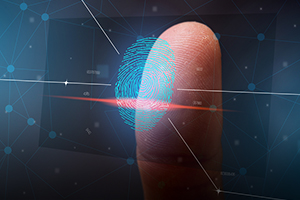Fingerprint Cocaine Detector
 A simple new test for detecting cocaine can provide results in a matter of minutes, a breakthrough that could revolutionize drug-testing for law enforcement agencies as well as rehabilitation providers.
A simple new test for detecting cocaine can provide results in a matter of minutes, a breakthrough that could revolutionize drug-testing for law enforcement agencies as well as rehabilitation providers.
Scientists have found that, when a person uses cocaine, two chemicals—benzoylecgonine and methylecgonine—are excreted through the skin. These trace chemicals can be detected in fingerprint residue, even after the user washes their hands, capturing their identity as well as their drug use in a single sample.
Using a chemical analysis method known as paper spray mass spectrometry, the researchers analyzed 239 fingerprint samples from subjects seeking treatment at a drug rehab center. The results yielded a true-positive rate of 99 percent and a false-positive rate of 2.5 percent. By adding a silver nitrate solution and exposing the sample to UV light, fingerprint visualization was easily incorporated into the analysis. The test requires about four minutes per sample and requires no special sample preparation.
For information: Melanie Bailey, University of Surrey, Department of Chemistry, Guildford, Surrey, GU2 7XH, United Kingdom; phone: +44-1483-300-800; email: m.bailey@surrey.ac.uk; website: https://www.surrey.ac.uk/department-chemistry